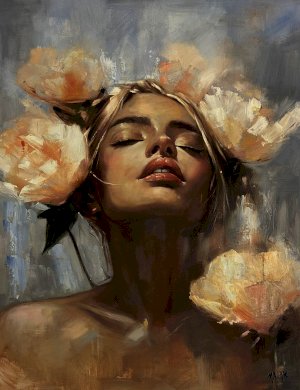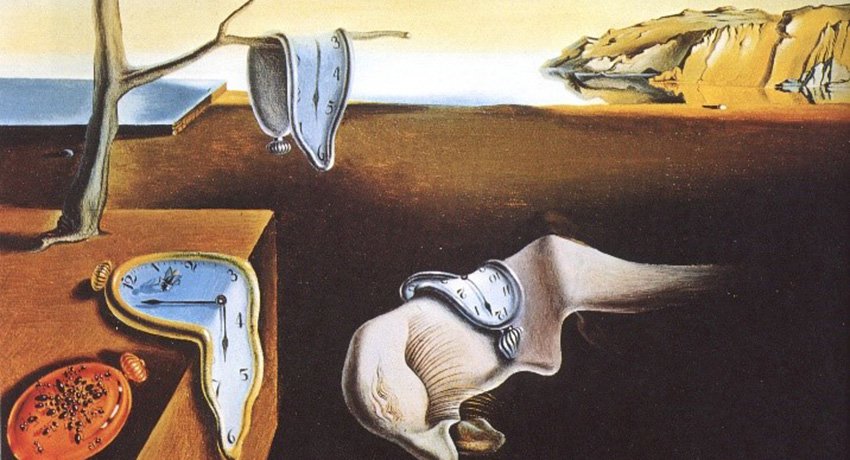Salvador DalÃ, an artist known for his eccentricity and mastery, remains legendary in the 20th-century art world. His enigmatic and surreal paintings continue to captivate and astonish viewers. This essay explores the unique creative process that gave birth to Salvador DalÃ's unforgettable images.
Understanding DalÃ's Creative Methodology: A Journey into the Subconscious
Salvador DalÃ's creative process was marked by profound introspection and drew inspiration from various sources. His creativity was heavily influenced by the works of Sigmund Freud, particularly Freud's exploration of dreams and the subconscious mind. DalÃ's experiences, anxieties, desires, and memories also significantly shaped his artistic vision. Employing a technique called free association, Dalà allowed his thoughts and ideas to flow freely, delving into the hidden recesses of his subconscious.
Furthermore, Dalà often induced the hypnagogic state, a transitional phase between wakefulness and sleep, to access his mind's raw and unfiltered contents. This approach gave birth to the bizarre and profound imagery that characterized his work. By combining various influences and embracing the unexpected, Salvador Dalà crafted paintings that challenged reality, captured the essence of dreams, and left an indelible mark on the art world.
Unveiling Salvador DalÃ's Artistic Style: Surrealism and Beyond
Salvador DalÃ's artistic style is primarily associated with Surrealism, a significant 20th-century artistic movement that sought to tap into the creative potential of the unconscious mind. Surrealism drew inspiration from dreams, fantasies, and the irrational, aiming to produce thought-provoking and mysterious works of art. DalÃ's approach involved a unique blend of imaginative symbolism and hyperrealism.
He demonstrated exceptional skill in depicting intricate, detailed elements with precise brushwork, creating lifelike representations of objects and figures. However, Dalà juxtaposed these realistic elements with fantastical, dreamlike, and sometimes ludicrous imagery, blurring the lines between the subconscious and reality. His paintings often featured distorted landscapes, melting clocks, floating objects, and anthropomorphic entities, challenging conventional notions of time, space, and identity.
Salvador DalÃ's original paintings were influenced by various movements, including Cubism and Impressionism, as he constantly experimented with different techniques and styles throughout his career. This versatility and innovation solidified DalÃ's reputation as one of the most iconic and influential artists of the 20th century, leaving a lasting legacy that continues to fascinate and intrigue art enthusiasts worldwide.
The Artistic Journey of Salvador DalÃ: From Influential Encounters to Surrealist Exploration
Salvador DalÃ's artistic journey was profoundly shaped by encounters with influential artists and intellectuals in the 1920s, including filmmaker Luis Buñuel and poet Federico GarcÃa Lorca. These interactions profoundly affected his artistic growth, allowing him to explore avant-garde concepts.
In 1929, Dalà experienced a significant turning point in his career when he encountered Surrealism, a movement that captivated him and became the defining characteristic of his artistic style. He collaborated with André Breton, the leader of the Surrealist movement, and participated in numerous Surrealist exhibitions.
DalÃ's artwork frequently featured melting clocks, desolate landscapes, elongated figures, and dreamlike, peculiar, and sometimes disturbing imagery. The melting clocks in his renowned painting, "The Persistence of Memory" (1931), became emblematic of his singular artistic vision.
Dalà continued to produce remarkable works of art throughout his career, earning international renown for his talent and eccentric personality. Despite some criticism from art critics, Salvador Dalà remained a highly influential figure in the art world until his passing in 1989, leaving behind a legacy as one of the most renowned and recognizable artists of the 20th century.
The Profound Significance of Free Association in DalÃ's Artistic Endeavors
Salvador DalÃ's utilization of free association in his artwork played a crucial role in his Surrealist style, profoundly influencing both his creative process and the interpretation of his works. Free association, a psychoanalytic technique inspired by Sigmund Freud's theories, involves expressing thoughts and ideas without censorship or logical connection, allowing the subconscious mind to manifest.
DalÃ's free association encouraged viewers to engage more deeply with his art. The unconventional imagery and symbolic content necessitated viewers to interpret and decipher the underlying meanings, often leaving room for multiple interpretations. His art became a form of psychological exploration, delving into universal human experiences and emotions, resonating subconsciously with viewers.
Also, free association allowed Dalà to express his innermost feelings and thoughts and analyze himself and his own psyche. His art reflected his multifaceted personality and understanding of the human condition.
Unlocking the Hypnagogic State: Salvador DalÃ's Surreal Inspiration
Salvador Dalà employed various techniques to induce the hypnagogic state, between wakefulness and slumber, to generate images and access his subconscious. The hypnagogic state is renowned for generating vivid and often surreal mental imagery, making it a fertile source of artistic inspiration.
One of the methods Dalà used was sleep deprivation, intentionally depriving himself of sleep to make his mind more susceptible to hallucinations and imaginative associations. This altered state of consciousness enabled him to explore unusual concepts and visions.
DalÃ's creative process also involved "Slumber with a Key" (Siesta with llave), where he would sit in a chair holding a heavy key just above a metal plate. As he drifted off






